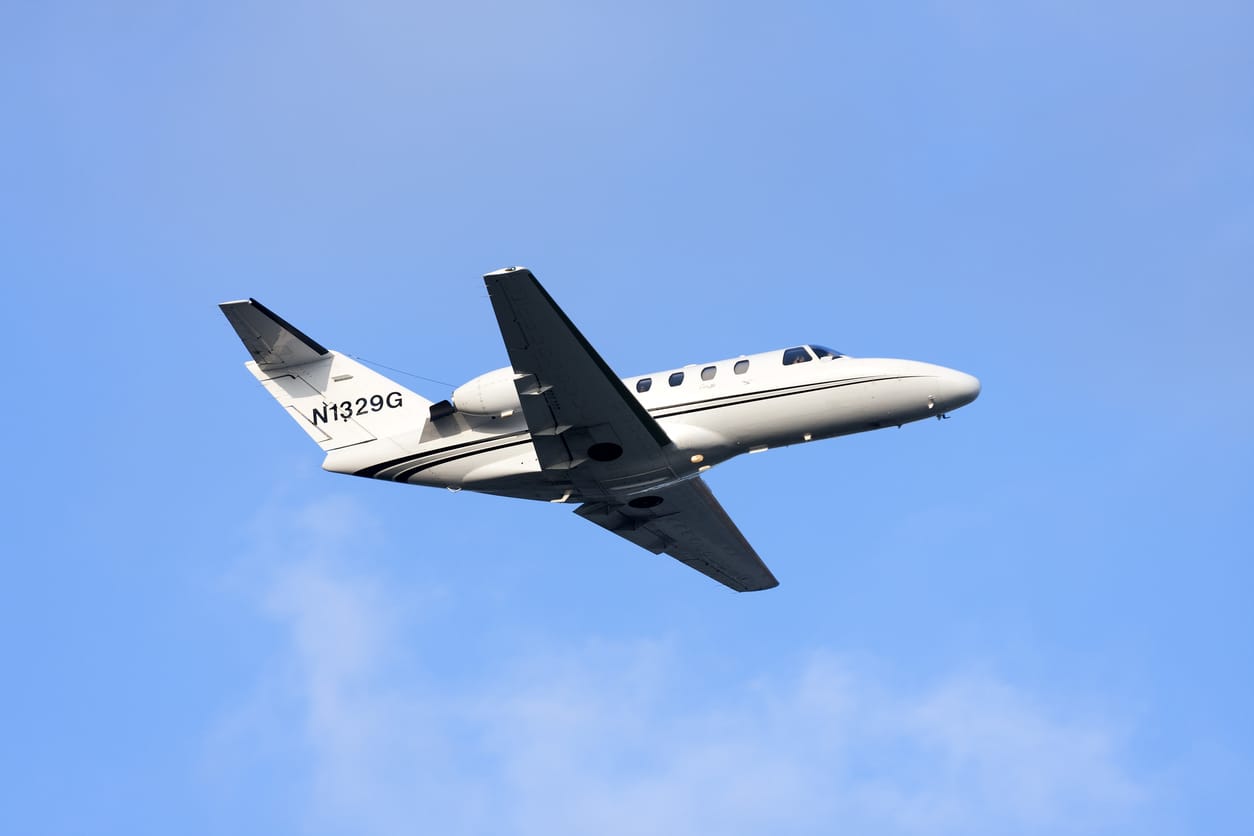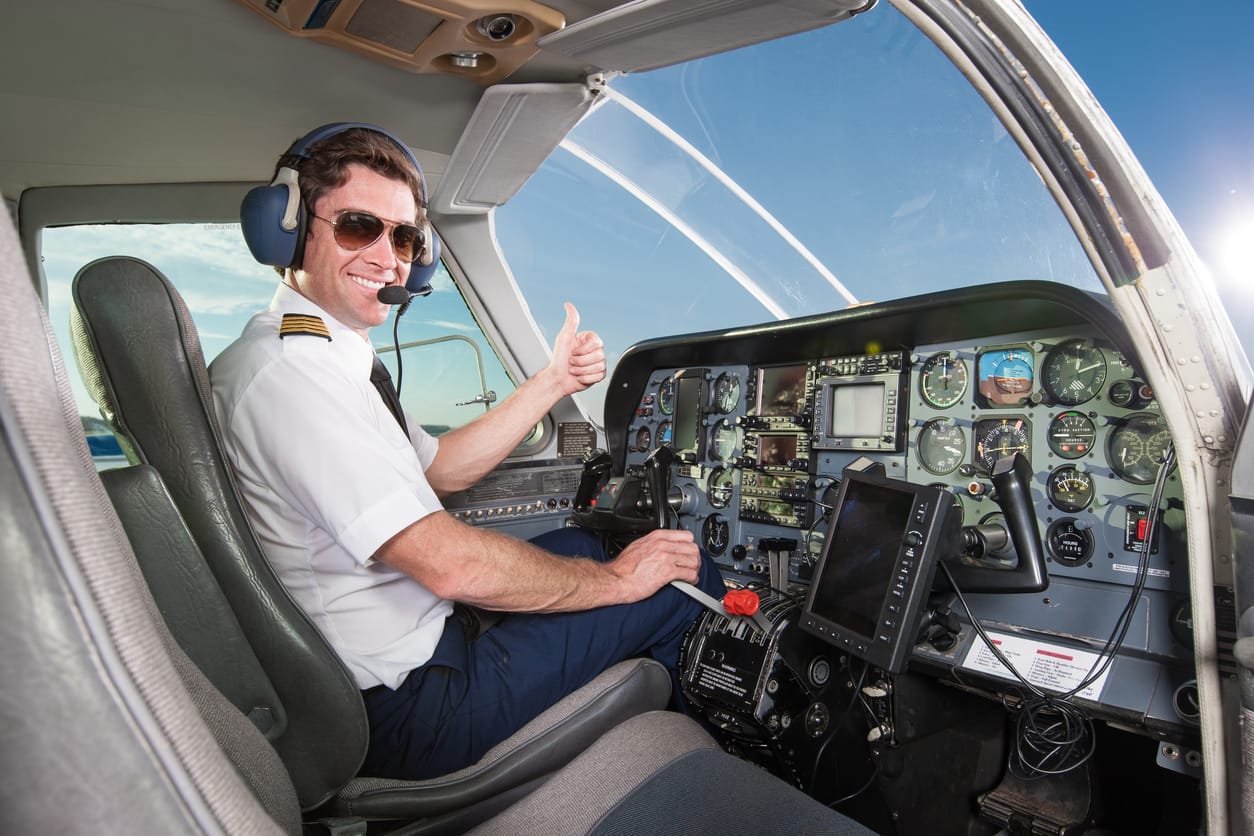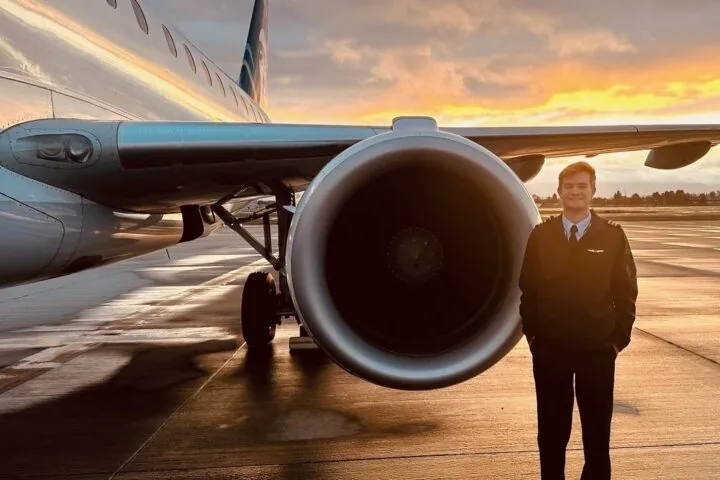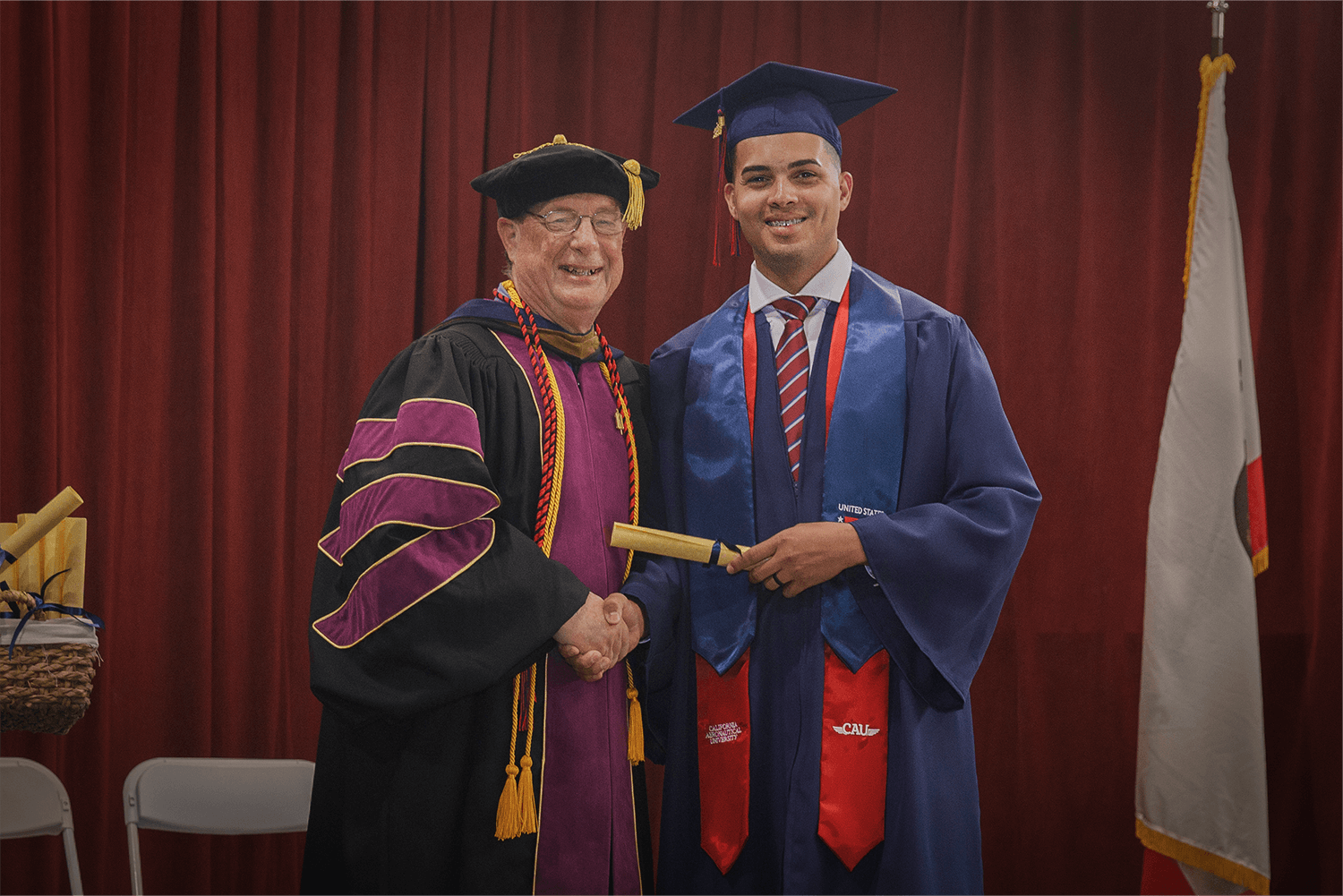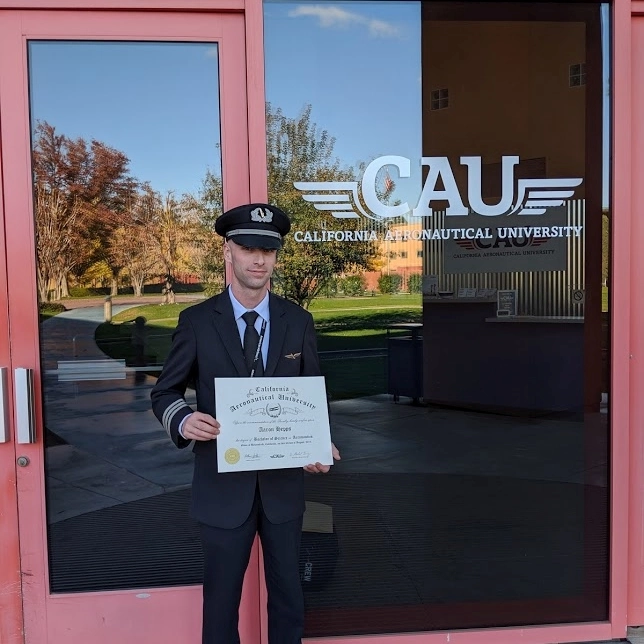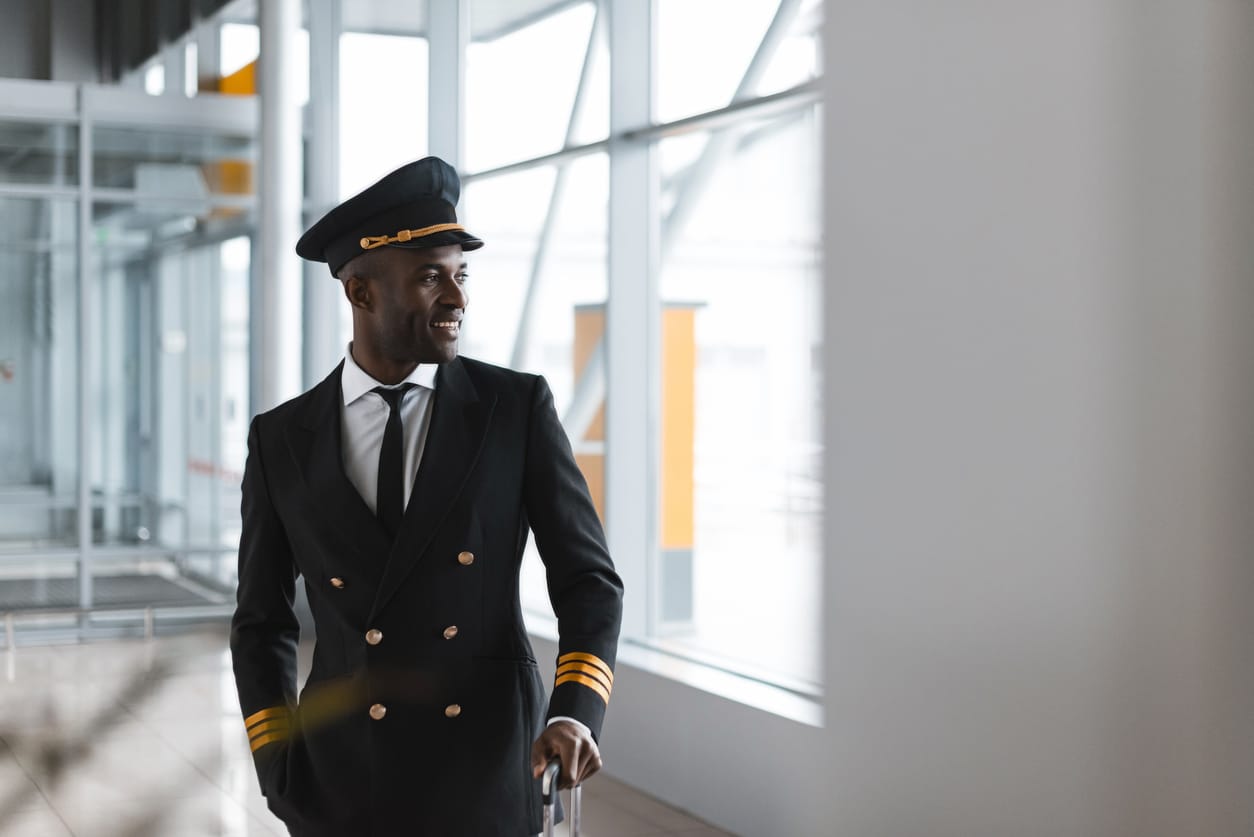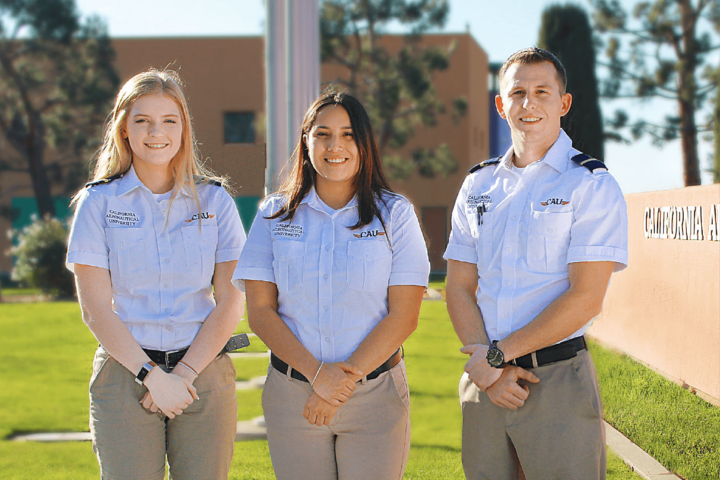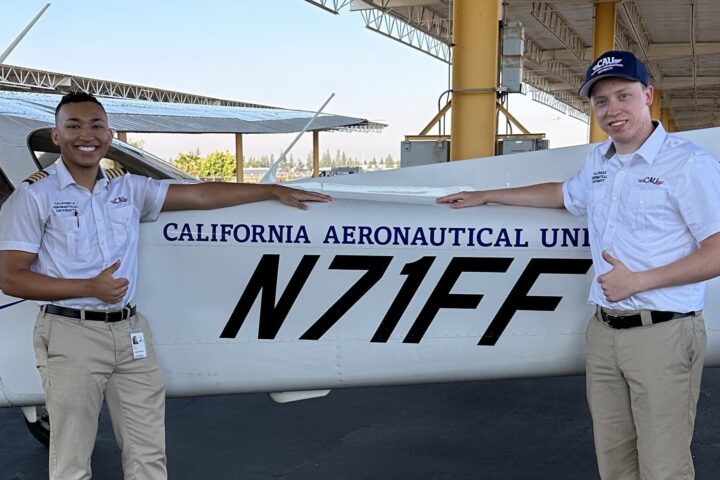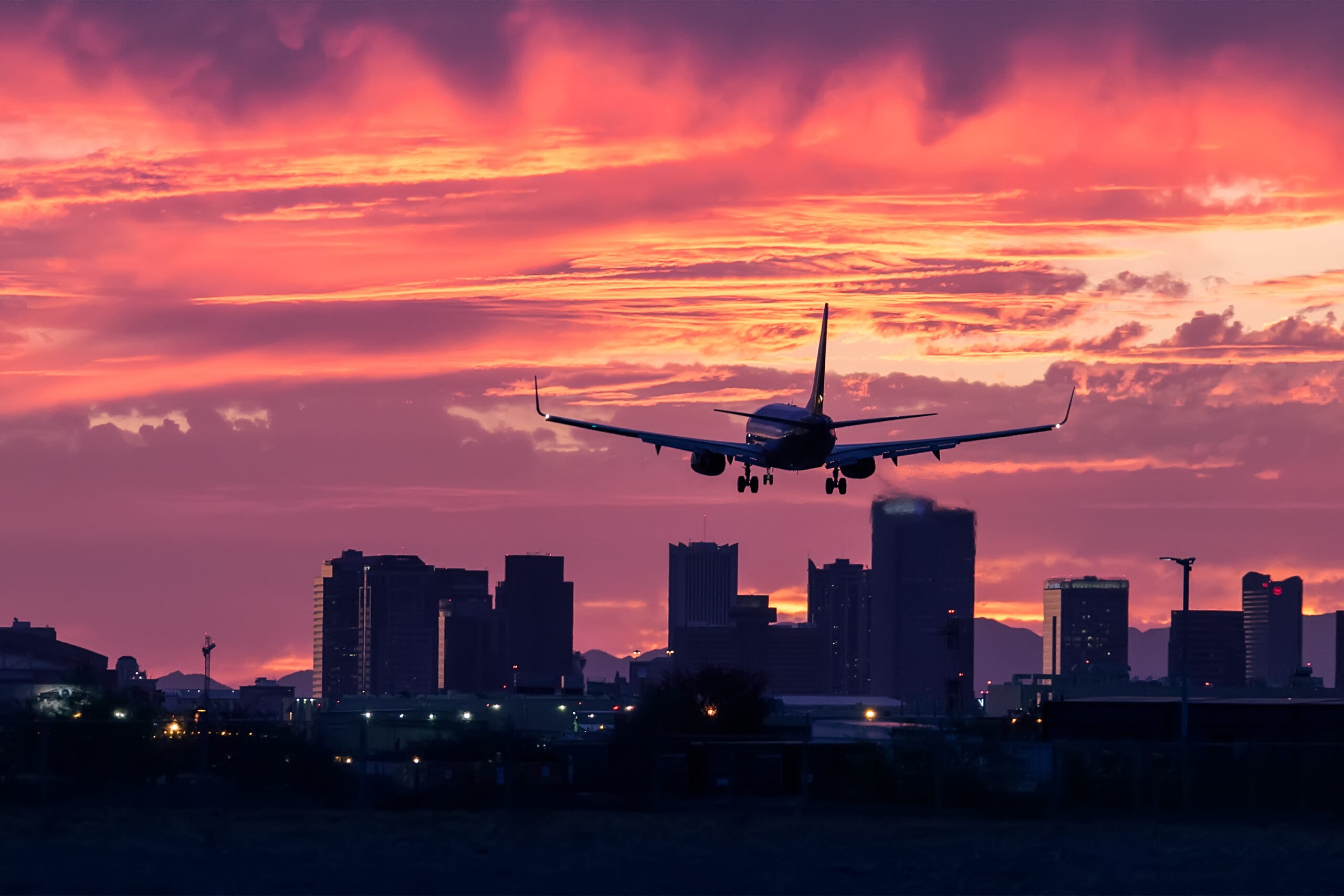In the aviation industry, there are many certifications and ratings available to pilots. Here is a list of the different types of planes you can fly with each certificate.
Here is an interesting bit of knowledge from the Federal Aviation Administration (FAA) to share with your next airline seatmate: You are allowed to fly a 747 with a private pilot certificate. There is no legal requirement to have a certain certificate level to fly a specific type of aircraft. It’s the aviation insurance requirements that require higher certification levels for larger and more complex aircraft, which is why pilot job announcements tend to specify certificate level.
[lwptoc numerationSuffix=”dot” title=”CONTENTS:” titleFontSize=”32px” itemsFontSize=”17px”]
Certificates Versus Ratings
There is often confusion in the terminology between “certification” versus “ratings.” In aviation, a certificate grants privileges (not rights) from the FAA. The certificate defines what you may do as a pilot; it is an indicator that a certain level of skill has been attained.
- Sport, recreational, and private pilots, for example, are not legally permitted to fly for pay.
- Those with a commercial or a certified flight instructor (CFI) certificate can.
However, insurance company restrictions are generally much tighter than the FAA’s. Since insurance is such an important part of deciding who flies what, for the purposes of this blog post, let’s look at certain certificates and the types of planes pilots tend to fly according to those rules.
Light Sport Airplanes and Experimental Aircraft
Aviators with a sport pilot certificate are typically eligible to fly light sport airplanes and experimental aircraft. This is an exciting category for even the most experienced jet pilots, because these types of planes tend to require concentration and sharp hand-flying skills to safely operate.
In some ways, these airplanes are preferable to many veteran pilots because they represent “real flying” and a direct connection to the control surfaces of the aircraft, as opposed to larger, more complex airplanes. Passenger jets and heavy aircraft tend to fly with many safety backups and are mostly automated. For professional pilots who fly a great deal, it can be a treat to take command of a single-seat, light aircraft.
Light sport pilots cannot carry cargo or passengers for pay. They may not banner-tow or fly without visual reference to the ground, above 10,000 feet, or without surface visibility below 3 miles. Light sport airplanes cannot weigh more than 1,320 pounds on takeoff or contain more than two seats. They are single-engine and cannot have an airspeed greater than 120 knots. The landing gear must be fixed. Some examples of light sport airplanes include the:
- Piper J-2/3
- Aeronica Champ
- Luscombe 8 series
- Taylorcraft BC, BCS, and BC-65
- Ercoupe 415C/415CD
These types of planes require a special exemption airworthiness certificate from the FAA. These airplanes might not fit into any type categories and could include homebuilt or kit built airplanes. They are generally not made for sale and tend to exist for purely recreational and education purposes. You can often see experimental aircraft at local fly-ins or even some airshows. For the most part, pilots who hold a recreational or private certificate fly experimental airplanes.
Small Single Piston Engine or Twin Engine Piston
Generally, private and recreational pilots fly small single piston engine and twin-engine piston airplanes. This is the widest swath of general aviation. These types of planes are usually what people are referencing when they mention “small airplanes” buzzing around regional airplanes. It might seem limiting given the number of airplanes which enter and leave an airport, but when a pilot earns his or her private pilot certificate, hundreds of airplanes are legally permissible. A new private pilot can fly any non-turbojet airplane which weighs less than 12,500 pounds.
Certain airplanes require a specific type rating, which demands time in the cockpit with a flight instructor and an FAA checkride. Pilots must successfully complete an oral exam as well as a practical test to attain a type rating. Some type ratings open the door for pilots to fly an entire series of airplanes with many different models. However, for safety reasons, every new airplane should be viewed as a different experience.
Some recreational low-time pilots feel most comfortable with the airplane in which they initially trained, and may stay with it their entire careers. Pilots who decide to fly for a living, however, tend to move on quickly to turboengine airplanes and jets, as most paying jobs involve these types of planes.
Turboprops and Larger Piston Aircraft
For the most part, insurance agencies only permit commercial pilots and CFI’s to fly turboprops and larger piston aircrafts. Turboprops are airplanes with turbine engines. Propellers are used to help drive the aircraft. Turboprops are more efficient and lightweight than jets, and are therefore able to carry a lot of cargo and passengers. If an airplane can fly at lower speeds and only short runways are available, they are an attractive choice.
Because of this and their quieter engines, turboprops were used extensively as regional aircraft. Until recently, turboprops were often seen on short airline flights; now, they are largely replaced with small jets. The turboprop classes include the Bombardier Dash 8, the Pilatus PC-12, and the Super King Air.
Types of Planes With a Jet Engine
Most of what is seen in large airports are only flown by pilots with a multi-engine rating and an airline transport pilot license. These are considered necessary for a pilot to fly for an airline or large commercial operations. Earning these can be costly and most pilots add them to their resumes as part of their training when they are hired by airlines. If this is the case, some companies stipulate a training agreement. This demands that the pilot stay in the company’s hire for a certain amount of time or pay back the cost their training.
What about powerful and cutting edge military jets? The United States military has their own equivalency system when it comes to certifying its pilots to sit in the cockpit of these flying weapons. Formerly, almost all airline pilots were veterans of the Navy or Army Air Corps (now the Air Force.) When they left the service, their experience transferred to the airline world. This is still often the case depending on his or her experience and ability to pass a military competency knowledge test.
Ready to soar in your aviation career?
Mr. Matthew A. Johnston has over 23 years of experience serving various roles in education and is currently serving as the President of California Aeronautical University. He maintains memberships and is a supporting participant with several aviation promoting and advocacy associations including University Aviation Association (UAA), Regional Airline Association (RAA), AOPA, NBAA, and EAA with the Young Eagles program. He is proud of his collaboration with airlines, aviation businesses and individual aviation professionals who are working with him to develop California Aeronautical University as a leader in educating aviation professionals.
